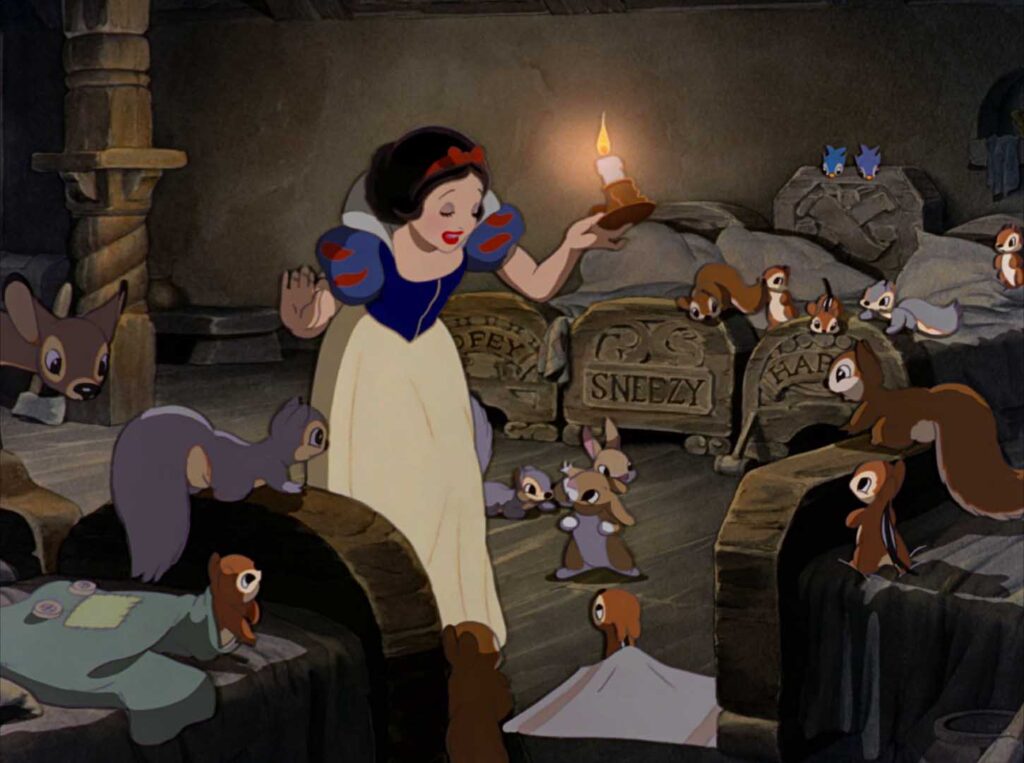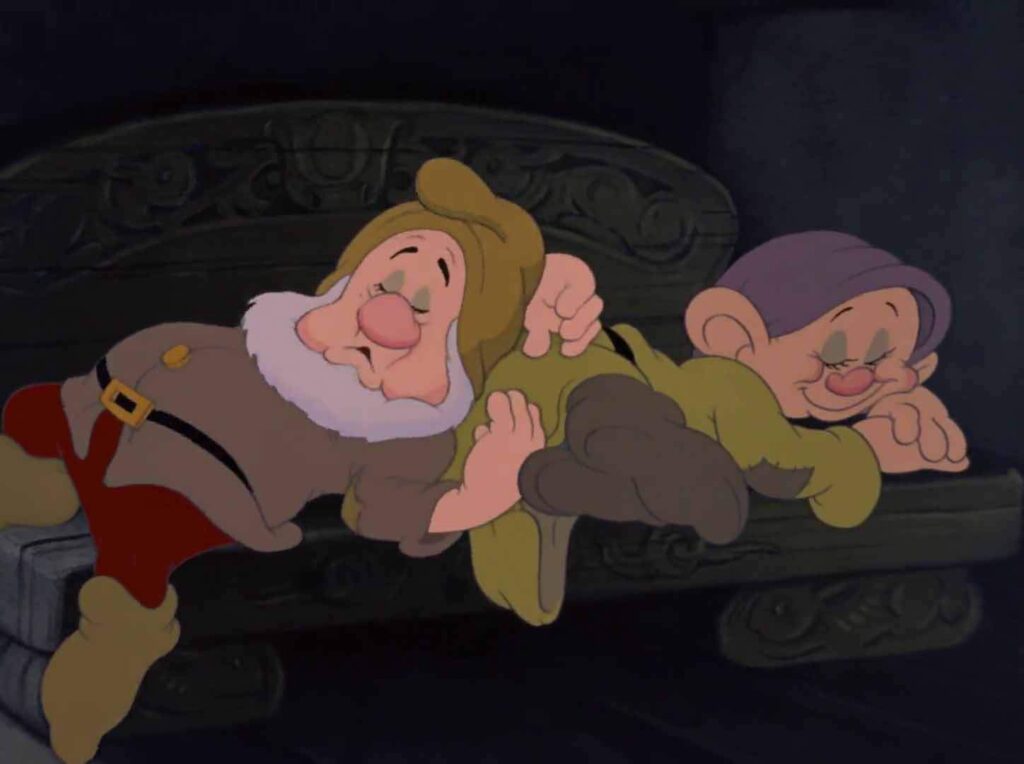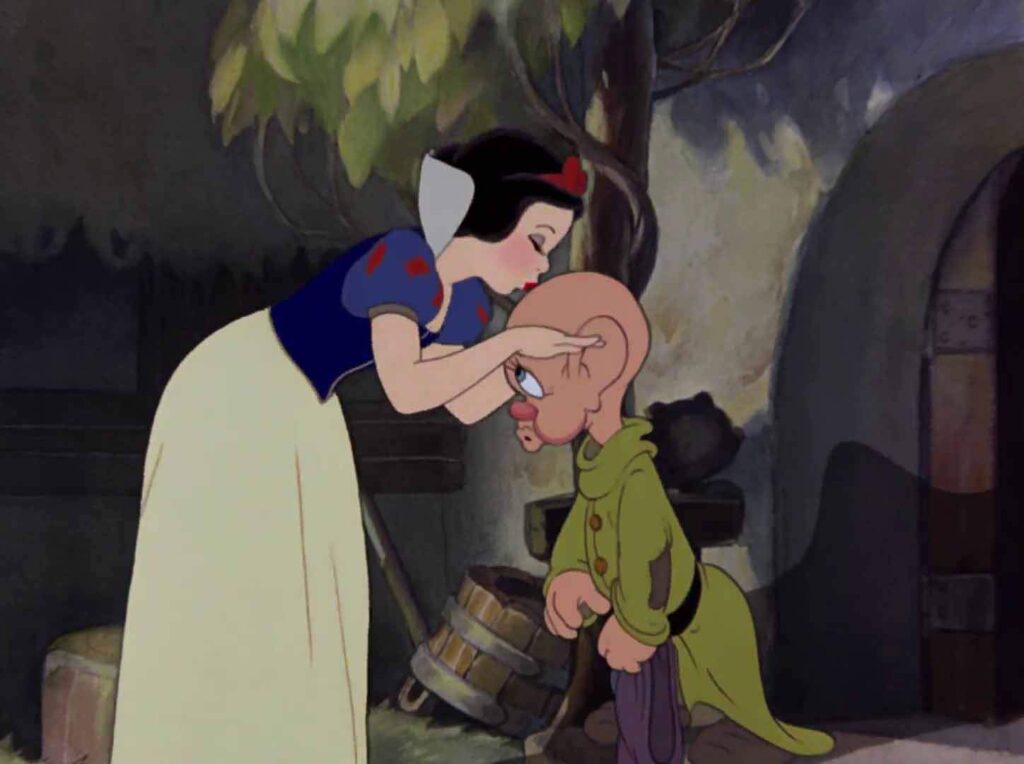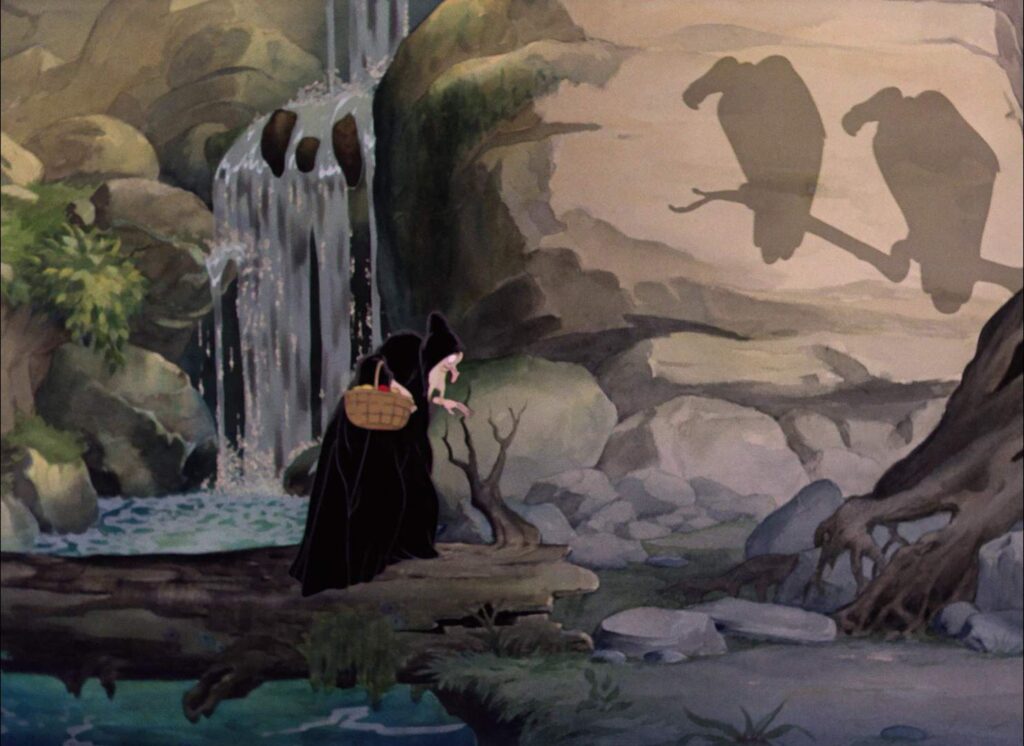Pick a sequence below to see production art, find out who animated what. You can also scroll down the page to find out how a scene goes from a concept drawing to a fully animated shot and what are the documents I used to sort this all up.
Each sequence went through different steps during which various types of art were created:
The Concept drawings
To find inspiration, artists create a multitude of drawings for each scene, setting, character or even idea, using several techniques (gouache, pastel, pencil, etc.).


The Storyboard
It stands in place of a script for an animated film and presents the story in the form of vignettes under which the dialogue is written. These thumbnails can be added, removed, or moved as the story takes shape.
The Layout
These are drawings that establish how the shot will be composed with the setting, characters and camera movements represented by red frames.


The Animation Drawings
These are simply the characters drawn with pencils on paper by the animator who breaks down their movements frame by frame. There are rough drawings, which correspond to the artist’s first draft, and clean-up drawings, which are redone versions without all the pencil strokes, either transferred to a new sheet of paper or directly on the original drawing.
The Backgrounds
These are the fixed elements of the image on which the characters move. In Snow White, they were painted in oil with transparent colors, while gouache will be used for all subsequent productions.


Cels
These are drawings inked and gouached on a sheet of transparent celluloid which, once placed on the background, will compose the final shot photographed by the camera.

The order of the sequences and scenes is the one used during most of the production and regularly used since. It was determined as best as possible according to several production documents.
The Final Draft
A working document with a different date for each scene (Example: S15B of December 2, 1937). This is a finished working document whose scene numbering corresponds to the number found on the production drawings.


The Master Score
Some sequences have dates like 14C of December 2, 1937. The dialogues and effects are carefully noted next to the music and the numbering of the scenes is sometimes specified on the score. This is the case for sequence 1B for example.
The Cutting Continuity
It was established on February 12, 1938 post-premiere and post-release. The advantage is that this is the final cut (with a few exceptions) and that the credits are therefore included. The disadvantage is that all the scenes are renumbered, and a scene does not always correspond to a shot but sometimes to the arrival of a layer of cels. Example in sequence 1A: there are three scenes for the Queen crossing her arms, the fire going up and down and the slave appearing with the smoke in the same shot. Another big problem: the sequences themselves are grouped together and renumbered: sequences 1A, 1B, 2A, 2B become “REEL1 SEC. 1A” and as a result, the “REEL 1 SEC. 1B” starts at the beginning of sequence 3A.

N.B.: the only document that actually lists the start and end generics and book is the third one, the only one that has not kept the original numbering. But as if that wasn’t enough, where in the rest of the film there may be several scenes in a single shot, for the credits there is only one scene.
So the opening credits are “scene 1” and each title is numbered TITLE #1, etc. The book is also part of “scene 1”, INSERT #1, INSERT #2 and INSERT #3 which correspond to the book that opens, page 1 and page 2.
The sequence of the captured Prince and his escape, cut long before the film’s release, is located, in the comic book adaptation, between the events of sequences 11B and 13A. I have therefore called it sequence 12, although I have not, to date, found absolute proof of this numbering.























